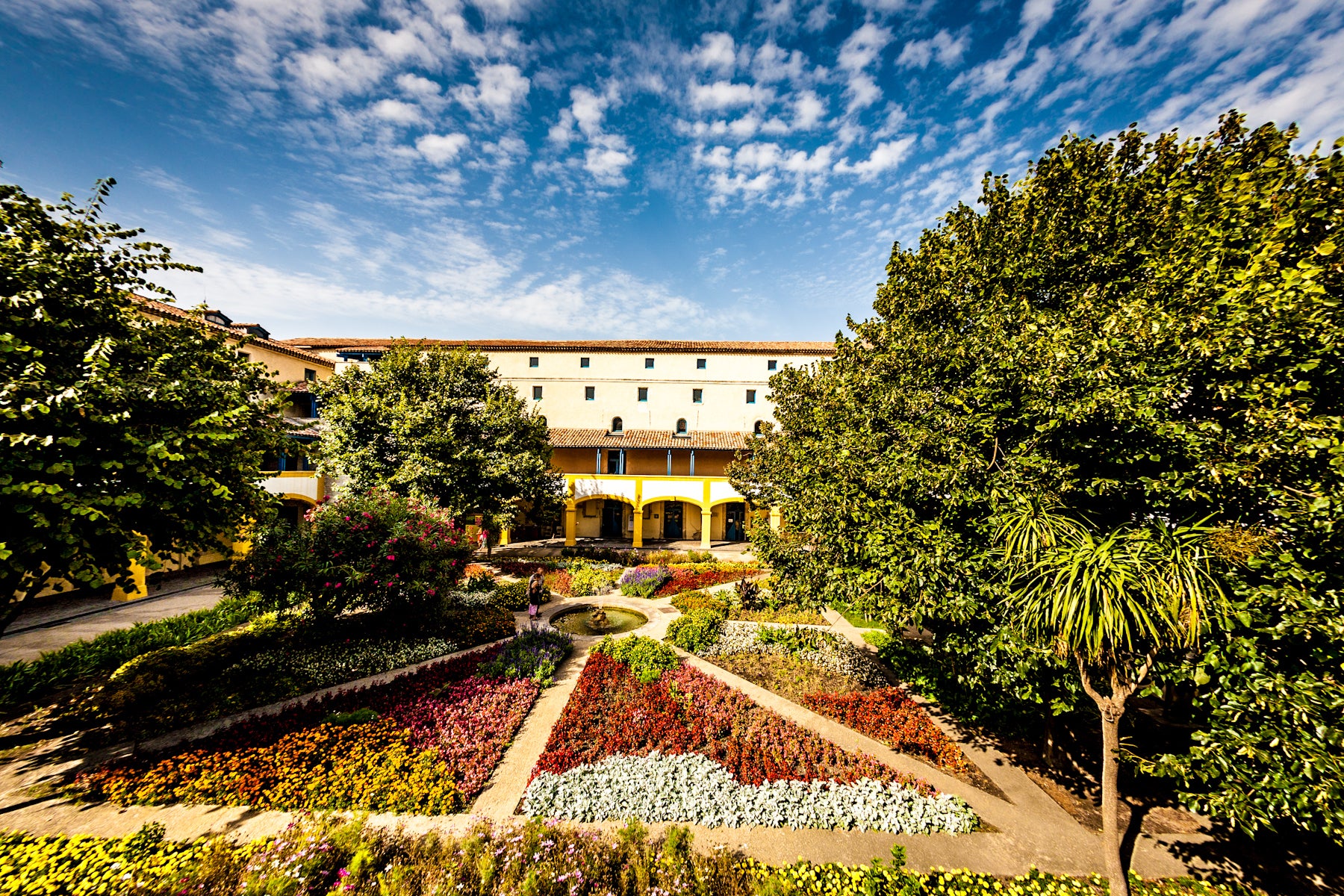In February 1888, it took Vincent van Gogh 18 hours to reach Arles from Paris by train. Once there, he found a room at the Hotel Carrel just inside the city’s medieval walls and began to paint. The swirling incandescent works that he created over the following two years, ageless paintings like Sunflowers and The Starry Night, have come to define the very idea of art, but Van Gogh met a nemesis of sorts in Provence. After his hopes of forming an artist’s colony with Paul Gauguin were dashed the Dutch artist mutilated his own ear, ended up in the city’s hospital and then, turbulent genius overwhelmed by mental illness, the asylum at nearby St Remy. Or so the legend goes.
Do such extreme events leave traces, is it still possible to get a sense of the troubled artist and his work in Provence? As the National Gallery’s unmissable overview of his time in Arles, Van Gogh: Poets and Lovers, opens, it feels like a question worth answering. Happily, it’s now only five hours by train from Paris to the city on the banks of the Rhône, an easy pilgrimage to such a culturally portentous place.
Arles has burst out of its medieval walls since Van Gogh’s time and the Hotel Carrel is an empty space on Rue Amédée Pichot, destroyed on 25 June 1944 by US bombers seeking the railway bridge over the Rhône. But I walk along the same tree-lined avenue through the Roman necropolis shown in The Alyscamps, where Van Gogh and Gauguin worked together, and the city’s alleyways are still a warren of dun-coloured walls, pantile roofs and shuttered windows. It is down one such alleyway that I find the Fondation Vincent van Gogh Arles, a glass and concrete cube interjected into the ancient architecture, which will host the Musée d’Orsay’s Starry Night Over the Rhône from 1 June to 8 September, before it comes to London in the autumn.

The quayside where that famous work was painted is only a short walk away along the river. Looking over the Rhône, I’m paces away from the sites of some of his greatest masterpieces; the Café de la Gare, immortalised as The Night Café and what was briefly Van Gogh’s home on Place Lamartine, captured in The Yellow House with a coal-black locomotive steaming by in the background.
It was here…
Click Here to Read the Full Original Article at The Independent Travel…
